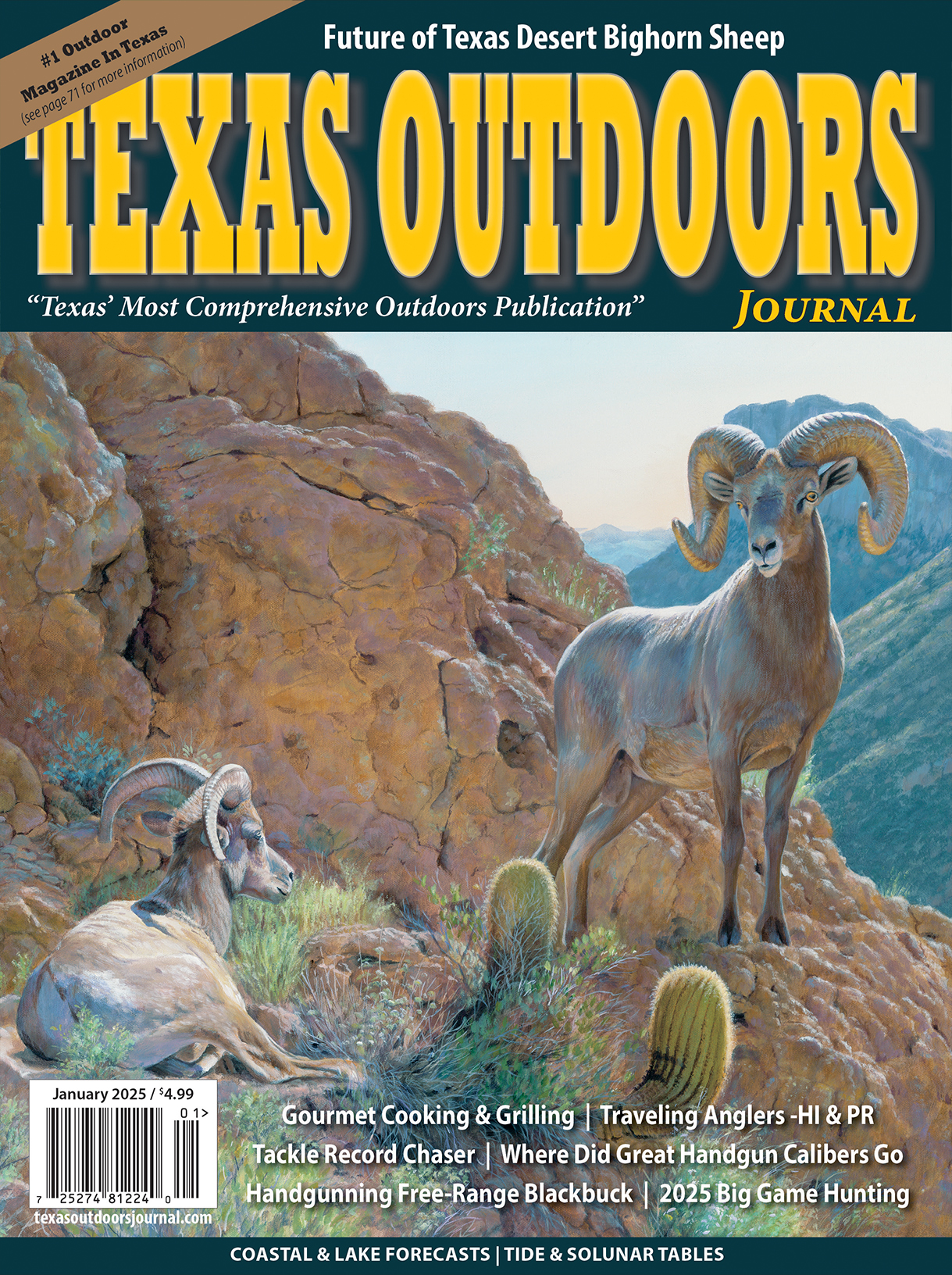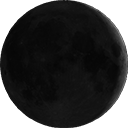
Buzz Into Action: Texas Pollinator BioBlitz Starts Friday, Oct. 11
AUSTIN — Texans are invited to see and document pollinators buzzing into action Oct. 11-27during the Texas Pollinator BioBlitz. This annual event celebrates the bees, wasps, butterflies, moths, beetles, flies, hummingbirds, nectar-feeding bats and other animals that serve as pollinators across Texas.
Many pollinator species have seen declines in their population, which could spell trouble. These important insects, birds and mammals are key to sustaining native plant species, human food crops and even crops for livestock.
To celebrate and recognize the work these species do, the Texas Parks and Wildlife Department (TPWD) partners with the National Butterfly Center, Lady Bird Johnson Wildflower Center, National Wildlife Federation and the U.S. Fish and Wildlife Service every fall to celebrate the importance of pollinators.
“The annual monarch migration is a spectacular visual reminder to appreciate how pollinators shape our rich Texan landscapes and plates,” said Hannah Gray, TPWD invertebrate biologist. “Many native plant communities and food crops depend on pollinators to reproduce and without them our lives would be considerably less vibrant. Loss of habitat and floral resources has led to well documented monarch declines but also threaten the more than 1,000 native bee species that make Texas their home. By participating in the annual Pollinator BioBlitz, we can all do our part to learn more about these important species.”
Anyone can bioblitz! Individuals, families, schools and clubs can join, observe, identify and share at this time of year. With cooler temperatures spreading across Texas, October is the perfect time to photograph, post and record pollinators you see while enjoying the great outdoors.
Students, citizen scientists and outdoor enthusiasts of all ages are encouraged to simply enjoy seeing these various pollinators or even to take it a step further and help collect iNaturalist observations during the peak of fall butterfly and bird migration. Participants can look for pollinators as well as nectar-producing plants, photograph or take video of them, and share their discoveries on iNaturalist, Instagram or Facebook using the hashtag #TXPollinators.
Observations documented on the iNaturalist app help biologists learn more about the distribution of the organisms and plants upon which pollinators depend, helping TPWD manage their habitats and populations for future generations.
Plant and insect species may be difficult to identify, so observers can use the “What did you see?” function within the app to see science-based suggestions.
Visit the Texas Pollinator BioBlitz website to learn more about the importance of pollinators, sign up to receive pollinator information during the event, and find other happenings across the state.
To view a short video about the Pollinator BioBlitz, visit https://www.youtube.com/watch?v=7yAxphusbVY.







